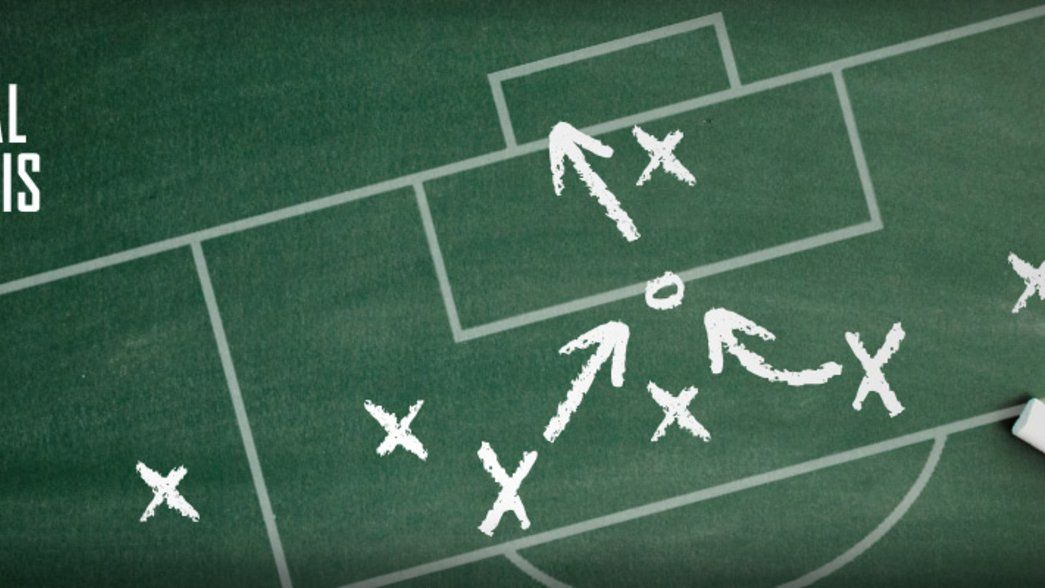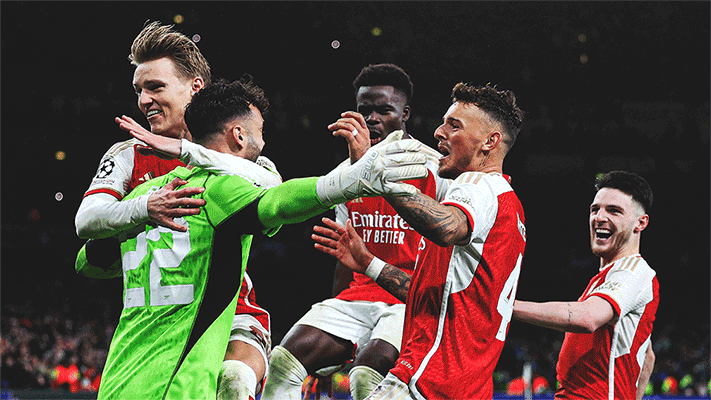Arsene Wenger has assembled some particularly impressive central midfield combinations during his 17 years at Arsenal.
There was the 1997/98 Double-winning partnership between Emmanuel Petit and Patrick Vieira - the duo also combined for a World Cup final goal shortly after winning the Premier League - and Vieira’s relationship with Gilberto during the 'Invincibles' season was also memorable.
In terms of team selection, perhaps the biggest change since Wenger’s arrival at Arsenal is the proliferation of squad rotation.
Even bottom-half Premier League sides have a variety of options in each position, and as a team routinely competing across four competitions, Arsenal need a particularly large squad.
"With Mathieu Flamini, Mikel Arteta, Aaron Ramsey and Jack Wilshere all favouring a role as one of Arsenal’s two deeper central midfielders, not only does Wenger have plenty of quality, he also has a variety of tactical options"
“You cannot play with 11 players,” Wenger said a couple of years ago. “You need the right balance - if you have too many players it is demotivating for the players never involved. If you have not enough, it is demotivating because they feel too secure. Competition is part of the job.”
While this Arsenal side haven’t yet achieved anything to deserve comparison to the Vieira-Petit or Vieira-Gilberto partnerships, perhaps never before has Wenger boasted such strength in depth in the central midfield zone.
With Mathieu Flamini, Mikel Arteta, Aaron Ramsey and Jack Wilshere all favouring a role as one of Arsenal’s two deeper central midfielders, not only does Wenger have plenty of quality, he also has a variety of tactical options. None of this quartet are identical - each offers a different strategic option.
Flamini, for example, is the most naturally defensive of the quartet. A hard-working, combative midfielder and a tough tackler, Flamini instinctively protects the back four, taking up intelligent positions to shield the centre backs, and energetically ventures across the pitch laterally to cover when a full-back has advanced.
“Flamini has given us a balance between attacking and defending. He is someone who accepts the dark role in the team,” said Wenger earlier this season. “Sometimes before in big games we looked frail defensively, and he gives us more in that sense.”
That was particularly obvious in the superb 2-0 victory over Napoli, after which Wenger said, “Flamini had a job to do on Hamsik and he did it very well. We stopped them counter-attacking.”
In that game, the chalkboard (Fig 1) reveals Flamini made three tackles (green triangle), two interceptions (blue triangle), two clearances (purple triangle) and recovered five balls (orange triangle), summing up his defensive qualities.

Fig 1
Although Flamini has regularly filled the role played by Mikel Arteta last season, Wenger played the duo together in the contests against Napoli and West Brom, confirming the idea that Flamini and Arteta are fundamentally different, and therefore able to co-exist.
Arteta played the defensive midfield role last season, but is more naturally a passer rather than a tackler. He concentrates on keeping possession, and ensuring Arsenal’s passing moves are played at speed. “It’s more about the first pass and finding guys in good positions, areas where they can make their quality count, rather than trying to play the final ball,” he says.
"Against West Brom on Sunday, Arteta only misplaced two of his 73 passes (see Fig 2)"
Jack Wilshere, meanwhile, offers something else - the ability to drive forward suddenly on the ball, transforming defence into attack smoothly. Perhaps the defining feature of Wilshere’s game is to take the ball on the half-turn and ease past opponents without warning.
“The most important thing about beating a player is your first touch,” Wilshere says. “And if that’s good, you can do whatever you want with the ball.” When Arsenal are being pressed heavily in midfield, the young Englishman is a good solution.
His performance in the 2-1 victory at Marseille was particularly impressive (see Fig 3) - he recovered four balls to turn defence into attack, beat opponents four times, and created a chance for Aaron Ramsey.

Fig 3
Finally, there’s Aaron Ramsey - the man of the moment, having been named Arsenal Player of the Month.
The only question about the Welshman’s contribution so far this season is deciding what he hasn’t done. A couple of years ago it seemed Ramsey would be a calm, efficient passing midfielder, but he’s transformed his game and become a true all-rounder.
"He has a great engine, a great spirit and has an obsession, he always wants to be better"
Wenger on Ramsey
For example, while Ramsey has already managed eight goals and three assists in his 10 matches so far in 2013/14, he’s also been Arsenal’s most prolific tackler.
In fact, no-one else in the Premier League can match his 35 tackles this season - and when you consider Ramsey’s received more attention for his attacking qualities, it proves he’s currently a complete central midfielder. “He has a great engine, a great spirit and has an obsession, he always wants to be better,” says Wenger.
In the 2-1 win at Swansea, Ramsey contributed six tackles (green triangle), four interceptions (blue triangle), managed to create two chances (yellow passes) and scored from his only shot on goal (see Fig 4).
While all four players have a variety of qualities, they all offer something different. This season, Wenger has enough midfielders to rotate regularly, and different tactical options to deploy depending upon the particular challenge of the contest.
Copyright 2024 The Arsenal Football Club Limited. Permission to use quotations from this article is granted subject to appropriate credit being given to www.arsenal.com as the source.










